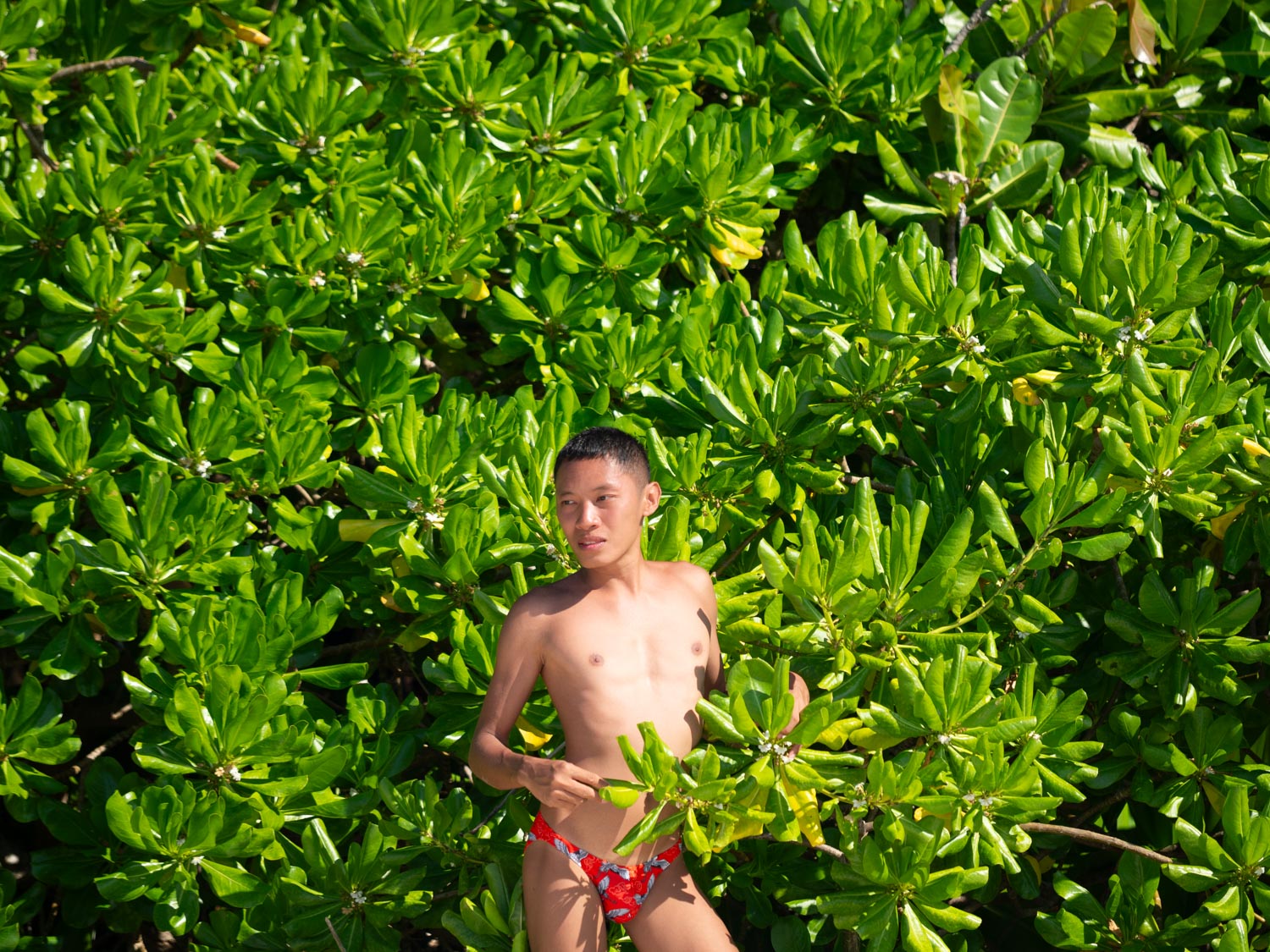
Exploring beach plants in Thailand. Feel free to explore more about each of these fascinating plants and their roles in maintaining the ecological balance of Thailand’s coastal areas.
Coastal flora
Thailand’s picturesque beaches are not only renowned for their stunning beauty but also for the unique and diverse plant life that thrives along their sandy shores.
The diverse plant life found along Thailand’s beaches is a testament to nature’s adaptability and resilience. From the protective mangroves to the vibrant beach morning glory, these plants ensure the stability and sustainability of the shoreline. They provide habitat and food for various species, contribute to the health of marine ecosystems, and enhance the beauty of Thailand’s coastal landscapes.
Let’s delve into the fascinating world of coastal flora and discover some of the plants.
Mangroves
The nature’s coastal protectors. Mangroves are one of the most significant plant groups found along Thailand’s coastline. These salt-tolerant trees and shrubs are crucial for preventing coastal erosion, providing habitat for marine life, and acting as natural barriers against storm surges. Common mangrove species in Thailand include the Rhizophora (Red Mangrove) and Avicennia (White Mangrove). Their complex root systems create a rich environment essential for the survival of numerous species of fish, crustaceans, and birds.
Beach cabbage
Beach cabbage, also known as beach naupaka, is a fascinating plant commonly found along the sandy and rocky shores. This resilient plant is well-adapted to the harsh coastal environment and plays a vital role in stabilizing sand dunes and providing habitat for various marine species.
Beach morning glory
With its vibrant purple flowers and sprawling vines, the beach morning glory is a familiar sight on many Thai beaches. This resilient plant is well-adapted to the harsh coastal environment, where it helps stabilize sand dunes and prevent erosion. The beach morning glory’s deep-root system allows it to thrive in sandy soils and withstand the salty sea spray, making it an essential player in maintaining the health of coastal ecosystems.
Sea lettuce
Sea lettuce is a type of green algae commonly found along the intertidal zones of Thailand’s beaches. This edible seaweed is rich in nutrients and is often used in local cuisine. It thrives in shallow, nutrient-rich waters and contributes to the overall health of the marine ecosystem by providing habitat and food for various marine species.
Casuarina trees
Also known as “beach she-oaks,” Casuarina trees are another familiar feature of Thailand’s coastal landscapes. These tall, slender trees with needle-like leaves are adept at surviving in sandy, salty conditions. They provide much-needed shade and shelter along the shorelines and contribute to dune stabilization. The Casuarina’s wind-breaking capabilities also make them valuable in protecting inland areas from strong coastal winds.
Pandanus
Recognizable by their distinctive prop roots and spiky leaves, Pandanus plants are well-adapted to coastal environments. These plants are often found growing along sandy shorelines and in rocky coastal areas. The leaves of the Pandanus are traditionally used in Thai cuisine for wrapping and flavoring foods, while the plants themselves play a crucial role in stabilizing sandy soils and preventing erosion.
So, the next time you wander along a Thai beach, take a moment to appreciate the remarkable flora that thrives in this dynamic environment. Their presence is a reminder of the intricate and interconnected web of life that sustains our planet.
Shot with
Olympus EPL9 with Olympus 60mm f2.8 Macro lens.
